No Fans, No Motivation
While fans have the possibility to watch games online, players’ motivation and performance are significantly affected by the loss of crowd.
The excitement of the crowd has always been a staple at sports games. Every touchdown, goal or block is indefinitely met with cheers from fans. Players would feel spurred on by the supportive chanting and applause. But what if that was all gone? Without crowds, players are now being affected negatively, and leagues are finding new ways to remedy the loss.
In the midst of the COVID-19 pandemic, players have grown accustomed to this peculiar environment. Dead silent, empty and desolate stadiums have now become the norm. Consequently, this has a direct impact on the athletes’ performance, leaving the players feeling as if they were just practicing or playing at an unimportant game. Due to the fear of catching the virus, stadiums have either massively reduced seating capacity or prohibited in-person attendance as a whole. To the players, this is a drastic hit to their motivation during games.
One might think that since most athletes play outside of professional leagues, the pros should be able to do it as well. Many professional athletes feel like part of their job is to be an entertainer, to give the audience a good show. National Basketball Association (NBA) forward Lebron James spoke out after being asked in March if he would play without fans, saying, “We play games without the fans? Nah, that’s impossible, I ain’t playing if I ain’t got the fans in the crowd. That’s who I play for. I play for my teammates and I play for the fans. That’s what it’s all about. So if I show up to an arena and there ain’t no fans in there, I ain’t playing. They can do what they want to do.”
The liveliness of the crowd is also a major motivation for most players. Whether they hear encouragement or booing, the actions will incite a mental reaction, making them play harder and give it their best effort. If there is only silence, players will need to work to find a way to motivate themselves during crucial moments to get that little bit of willpower to get an edge over their competitors. Whether it be sprinting faster or catching accurately, it is evident that fans make an imprint on athletes.
“Playing with fans cheering us on is such an important part of sport, it is the flame that keeps us going and pushing hard, and not being able to get that extra boost really hurts us in general,” junior soccer player Jose Ayala said.
Games might feel like they have lost their meaning—what made them special and enjoyable. Without the fans—whether they are cheering or booing— there isn’t much to differentiate a playoff game from an off season scrimmage game.
While allowing stadiums to return to full capacity is not an option at this point, the National Football League (NFL) is allowing teams to choose if fans can attend and how many. The NBA has come up with a clever approach to this during the playoffs, while keeping the seating entirely empty. They allowed fans to attend virtually by displaying their live videos on a large screen on the side of the court.
“I don’t believe athletes are affected by not having fans cheer them because it distracts them from what really matters, the game itself. While many think having an empty stadium negatively affects the players, the reality is that they will have more focus and concentration on the game,” freshman and long time volleyball player Audrey Noval said.
Fans can now attend via video call and have their images displayed on large screens around the court, where even the television cameras can observe them. The Major League Baseball (MLB) has put cardboard cutouts of fans in the front seats for those who are willing to pay for them. While it is unconventional, in attempts at making the players’ environment more familiar and relatable, stadiums of all sports are also playing crowd noises, such as the ambient speech of the crowd, as well as cheering and excited chatter through speakers, playing pre-recorded sets of sounds throughout the game. Until infection rates are reduced, there will be no telling when stadiums can reopen to their maximum capacity. Even with the sounds and images of the crowd, players may still be impacted by the physical presence of their fans.
Your donation will support the student journalists of Coral Gables Senior High School. Your contribution will help us cover our annual website hosting costs.

Austin Yagoda is a sophomore in the International Baccalaureate program at Coral Gables Senior High. This is his second year as a part of the highlights...


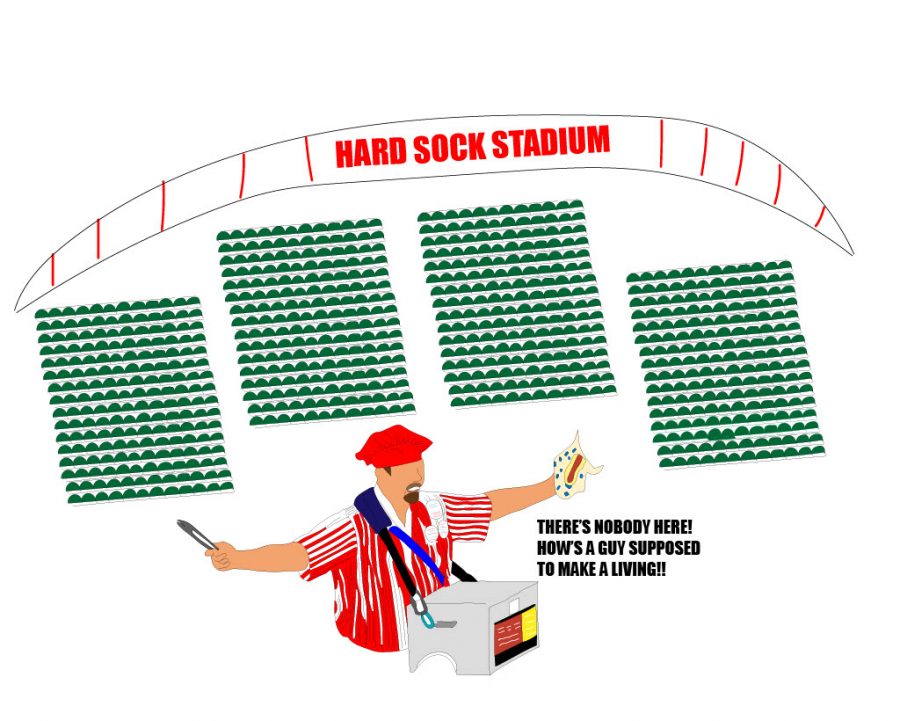
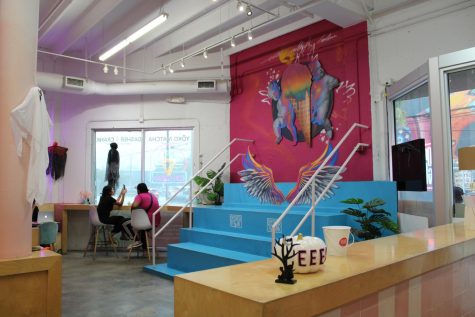


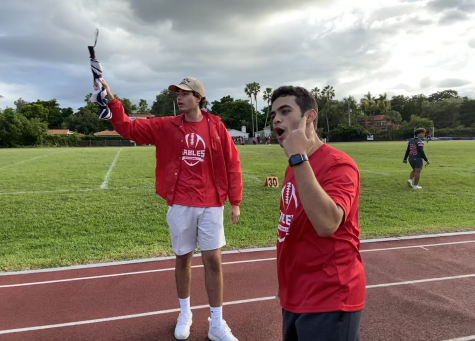
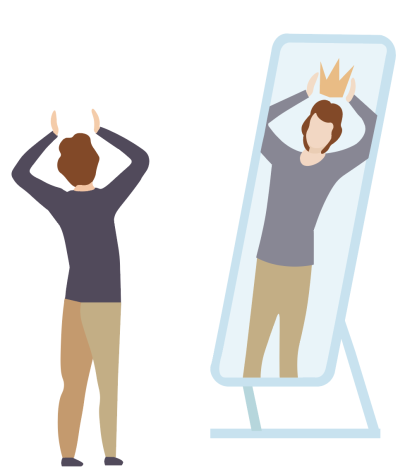


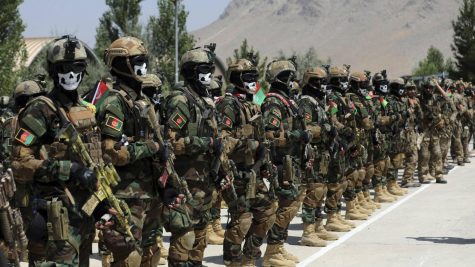

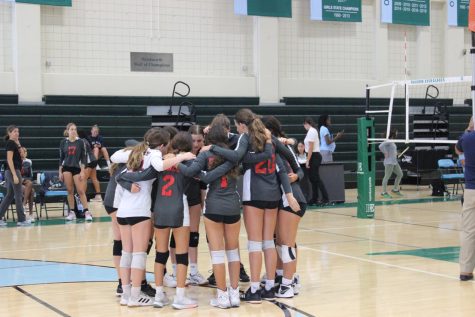

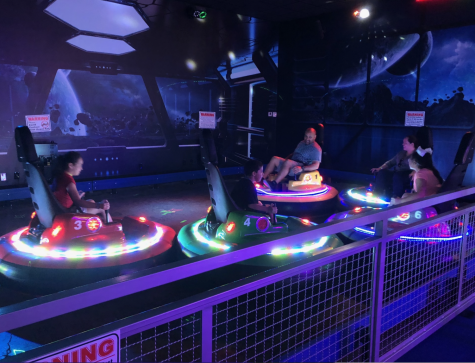
Aleida Martinez • Feb 1, 2022 at 10:48 pm
Very articulate! Well said, Austin